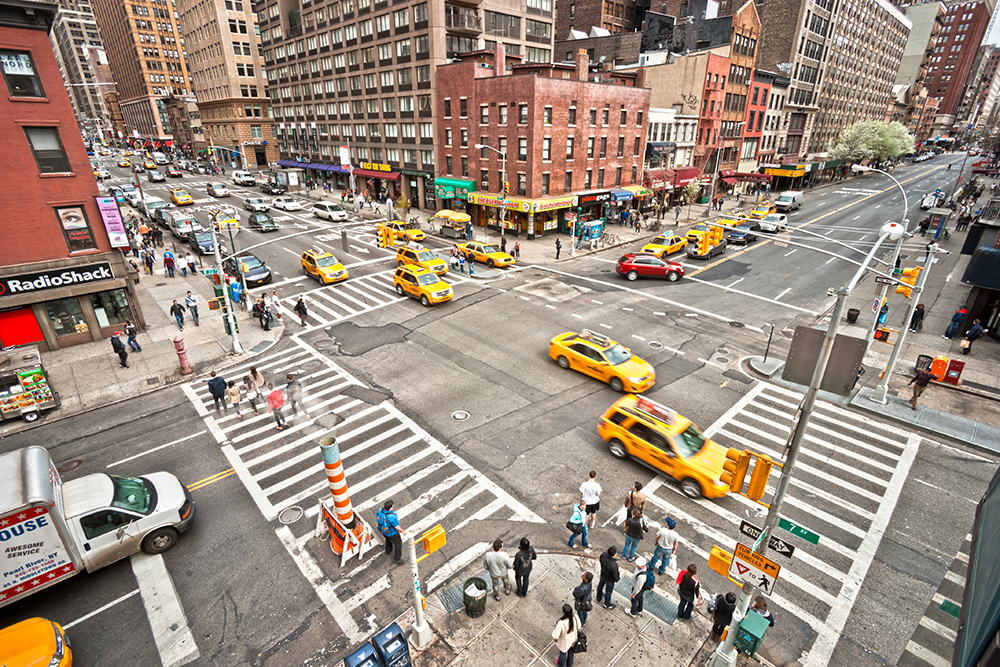According to Mayor Bill de Blasio, 2015 was officially the safest year on New York City streets since record-keeping began in 1910, thanks to the city’s Vision Zero program.
He said the 231 traffic fatalities in 2015 are 66 lower than the 297 fatalities that occurred in 2013, the year before Vision Zero began. Pedestrian deaths, a historic low of 134 in 2015, fell 27 per cent during that period. The previous lows were 2011 with 249 traffic fatalities and 2014 with 139 pedestrian fatalities. In comparison, based on
The Mayor pledged to take Vision Zero further in 2016 by unveiling US$115 million in new capital investment for plans to calm traffic, as well as expanded efforts to crack down on dangerous driving, make hazardous left-turns safer and expand enforcement.
“We are serious about saving lives. Vision Zero is working. Today there are children and grandparents who we might have lost, but who are instead coming home, safe and sound, because of these efforts. This progress is just the beginning, and Vision Zero is going to move ahead with even more intensity in the coming year,” said de Blasio.
The US$115 million in new capital investment includes nearly US$59.4 million for safe routes to schools at 37 schools around the city; US$29.6 million for area-wide improvements in Long Island City; US$4.1 million in additional funds for the Brooklyn Waterfront Greenway project; and US$22 million for projects in Manhattan, Brooklyn and Far Rockaway.
Specific priorities for 2016 include traffic calming measures on key thoroughfares and safer cycle routes. The city is also piloting a 100-intersection initiative to test safer left turn designs and plans to increase the use of speed cameras to target times and locations where crashes most often occur.
Vision Zero is working says New York mayor, announces more funding
According to Mayor Bill de Blasio, 2015 was officially the safest year on New York City streets since record-keeping began in 1910, thanks to the city’s Vision Zero program.He said the 231 traffic fatalities in 2015 are 66 lower than the 297 fatalities that occurred in 2013, the year before Vision Zero began. Pedestrian deaths, a historic low of 134 in 2015, fell 27 per cent during that period. The previous lows were 2011 with 249 traffic fatalities and 2014 with 139 pedestrian fatalities.







